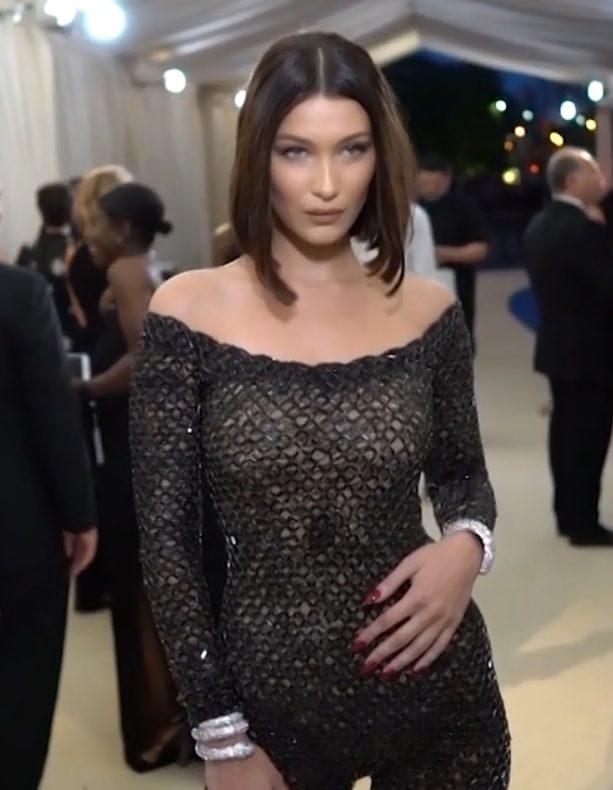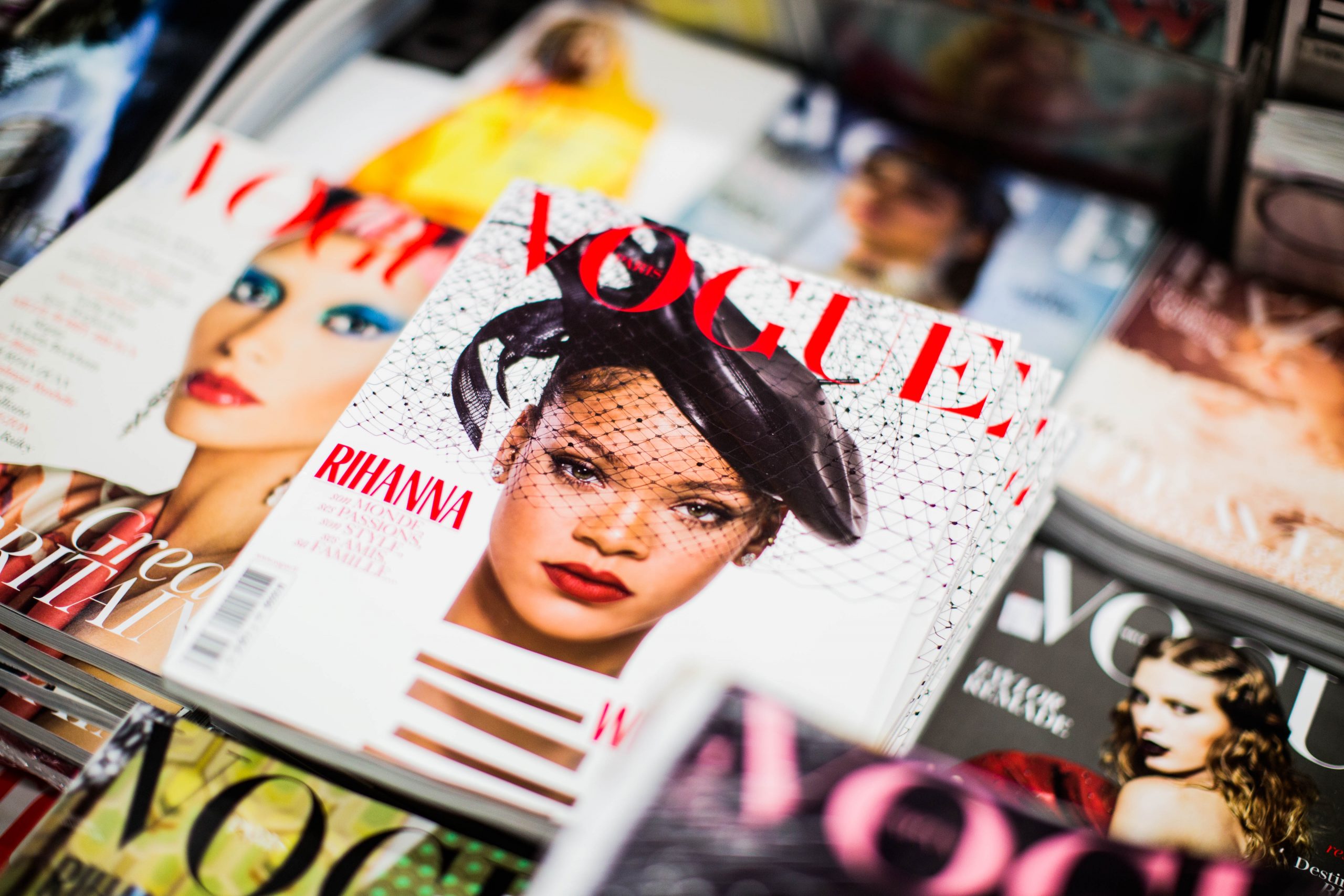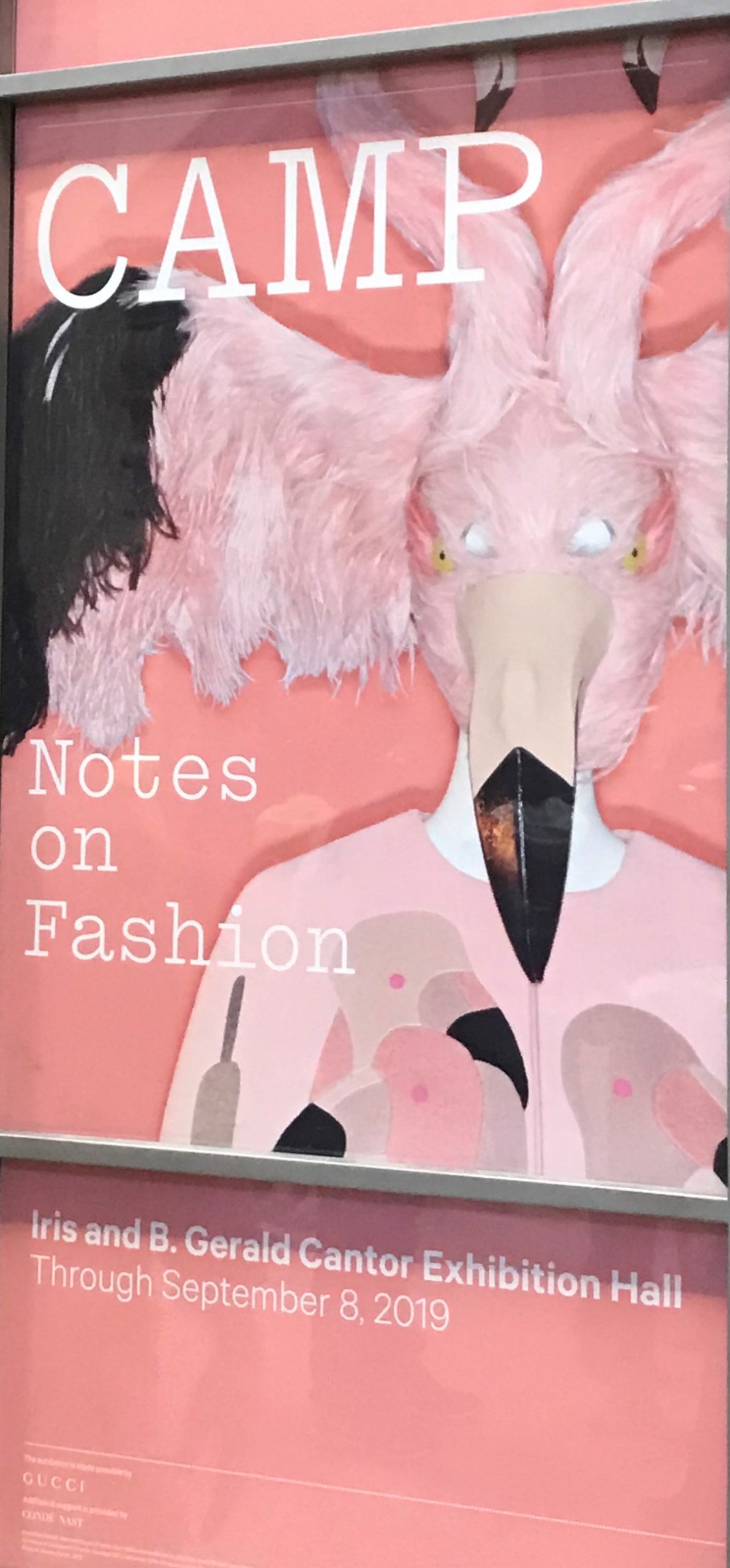
Icon (n):
“A person or thing regarded as a representative symbol or as worthy of veneration.”
To answer this question, we have to first understand what an icon is. To paraphrase the definition stated above, an icon is ‘a person or thing regarded as symbolically worthy of adoration.’ A fashion icon, then, could be understood to be ‘a person or thing regarded as fashionable that is seen as a representative symbol of fashion or worthy of adoration for their style’.
Now that we understand what a fashion icon is, let’s look at the original question. Why are fashion icons with stylists considered en vogue? One could argue that the definition of a fashion icon doesn’t necessarily specify that the icon has to dress him/herself; you just have to wear fashionable things – regardless of who came up with the outfit.
If that is one’s criteria, then you’re free to continue calling every Hollywood star that gets out of bed in the morning a “fashion icon”. I would contend, however, that to do so is largely a disservice to fashion.
Consider the celebrities shown above. Selena Gomez, Beyonce, and Kendall Jenner are talented enough in their respective fields. However, they all have stylists. For reference, those stylists are Kate Young (for Gomez), Marni Senofonte (for Jenner), and Ty Hunter (for Beyonce). And this isn’t to say that the job of a stylist is not legitimate. If you have a service that the market is willing to support, then you should provide that service. However, I do believe that if we are to call someone a “fashion icon”, it should be a fairly basic requirement that the person knows how to put together their own outfits.
It is a disservice to fashion to call every famous celebrity a “fashion icon” because in doing so, you’re saying that the person should be included in the same milieu as those that either see fashion as an art form (and treat it as such) or that are innately talented at dressing themselves. There are people that have spent a significant amount of time in the industry and are so great at styling themselves and others that they couldn’t be called anything other than an icon. Similarly, there are people that are born with the skill of styling (or learned it to a high degree), and one feels no choice but to praise them immensely.
Both of the above-mentioned groups have something in common: they have a certain distinctive look about them. An aura, if you will. Kate Moss, for example, is a trendsetter known for close adherence to her personal style. Former US First Lady Michelle Obama takes fashion risks and is a champion of American designers. Diana, Princess of Wales, was known for her elegance and grace. Former US First Lady Jacqueline Kennedy was known for her skirt suits, pillbox hats, and (later on) her effortless street style.
When one thinks of these four women, it isn’t difficult at all to picture them in the mind. It’s very difficult to do that with today’s, er, “fashion icons” that don’t style themselves.
Lastly, it is no secret to anyone vaguely paying attention that stars are often paid to wear these items of clothing. This practice is so commonplace that some question the legality of these partnerships.
Both the frequent presence of stylists for current celebrities (and models, too!) and the payment to wear big-ticket items begs the question: if we’re calling someone a “fashion icon”, why can’t we give that title to those that have the innate ability to clothe themselves in a manner that is uniquely theirs? It really shouldn’t be too much to ask.
And again, there is no issue with these individuals that partake in styling services. Who knows? They likely didn’t ask to be considered style icons. Maybe they simply wanted to wake up and do their jobs. Maybe we’re the ones putting undue expectations on them. But that’s a story for another day.
If we are going to bestow the title of “fashion icon”, however, we need to have the standards to match the title.
To subscribe to Manic Metallic‘s Substack newsletter, click here. To follow us on Bluesky, click here.









